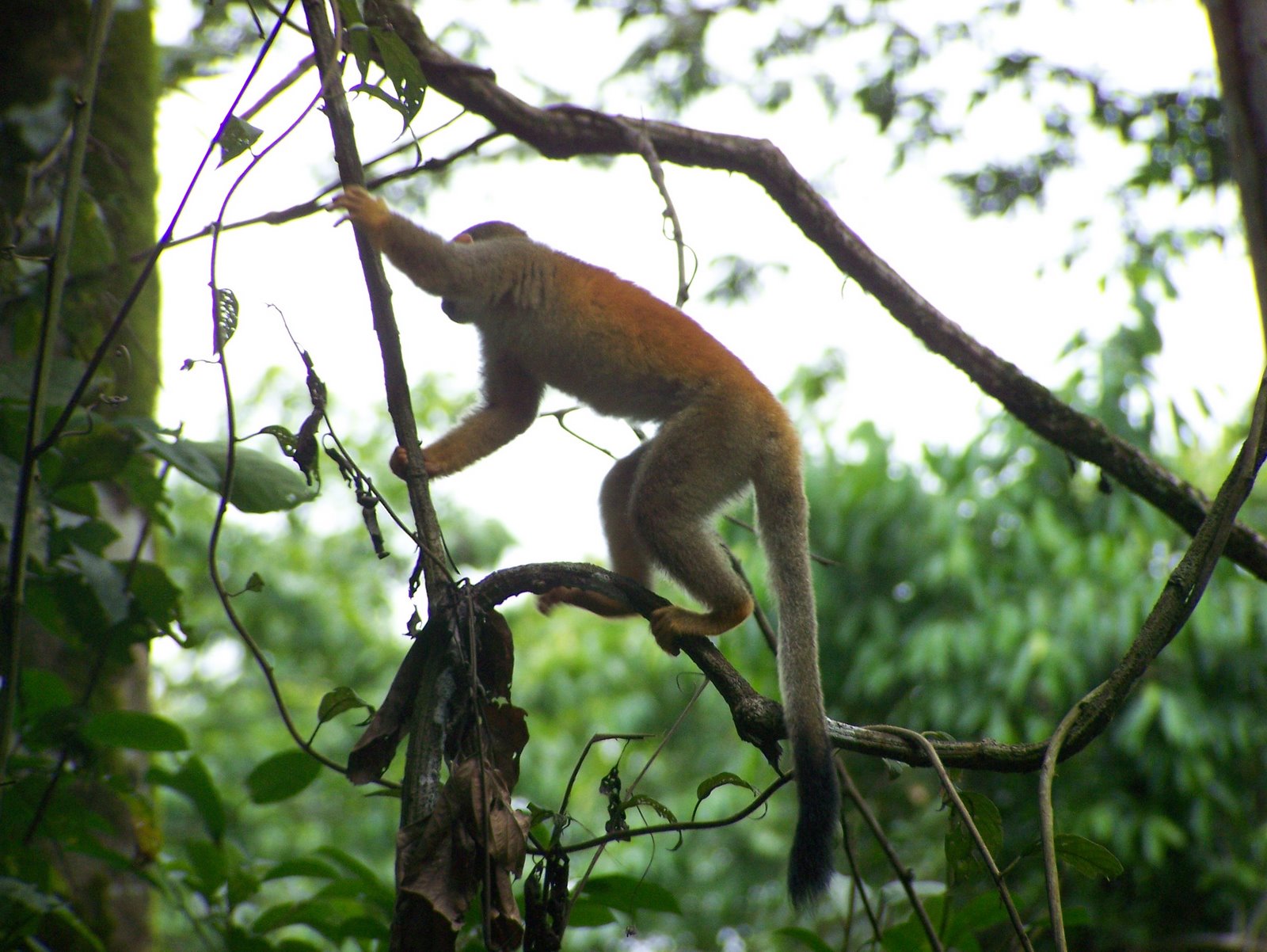Aggregated News

Sometime this year, people in the US and Europe will start getting treated for diseases using the gene-editing tool CRISPR, but a big question remains—will it actually work?
Our primate cousins may hold the answer.
The first use of CRISPR to edit human cells in a dish was reported in 2013. It’s since been touted as an easy way to alter people’s DNA, promising to banish what are currently lethal or lifelong maladies with a single treatment that fixes them at the genetic root.
But since cutting DNA would permanently change someone’s genome, scientists need to make sure CRISPR is safe and effective before using it in people. Mice aren’t always an accurate way to predict how humans will react to a new therapy, so scientists often turn to monkeys as the gold standard in research that’s headed for the clinic.
At the moment, there isn’t much published data on CRISPR’s use in monkeys, but early results from small studies point to the prospect of a cure for some diseases—and to challenges in other cases.
Some of the ongoing...



